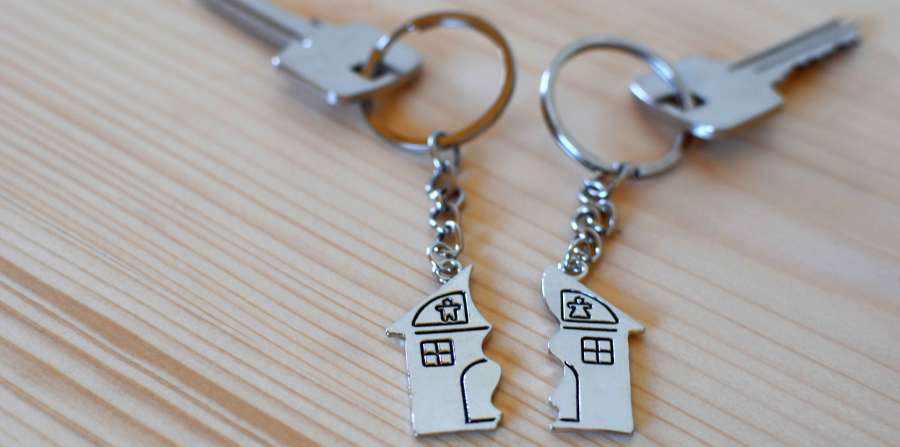Making a court application
If it has not been possible to resolve a claim the claimant will have to start court proceedings against the defendant.
The Civil Procedure Rules identify two main types of claim that a claimant can start. The first is more appropriate where there are disputes of fact between the parties. This is called a Part 7 claim. The second is more appropriate where there is no significant dispute about the facts, but where there is a disagreement about the legal principles that apply. This is called a Part 8 claim.
Issuing the application
The application that starts the court process is called a Claim Form.
A claimant must summarise in the Claim Form:
- What is being claimed and why;
- The evidence relied upon;
- The value of the claim; and
- The order sought from the court.
There is a fee payable on the Claim Form depending upon the value of the claim.
Under Part 8, at the same time as filing the Claim Form with the court, the claimant should also provide the evidence in writing he or she intends to rely upon.
The Claim Form is issued by the court and then served on each of the defendants.
The Defendant’s response
How a defendant responds depends upon whether Part 7 or Part 8 has been used by the claimant.
Under Part 7, each defendant has 14 days after receipt to acknowledge the claim. In the acknowledgment the defendant may concede or dispute the matter.
Any defence and counterclaim must be sent to the claim and filed at the court within 28 days of receiving the Claim Form.
Under Part 8, the same general principles apply, but the procedure is slightly different. The defendant does not have to file a defence. Instead, the defendant must file an acknowledgment within 14 days of receiving the Claim Form. The acknowledgment must be sent to the claimant and filed at court. It must say whether the claim is disputed. If the claim is disputed, the acknowledgment must be accompanied by any evidence in writing the defendant intends to rely upon.
If the defendant fails to respond to the Claim Form in time, the claimant may be able to ask the court to grant the claim.


